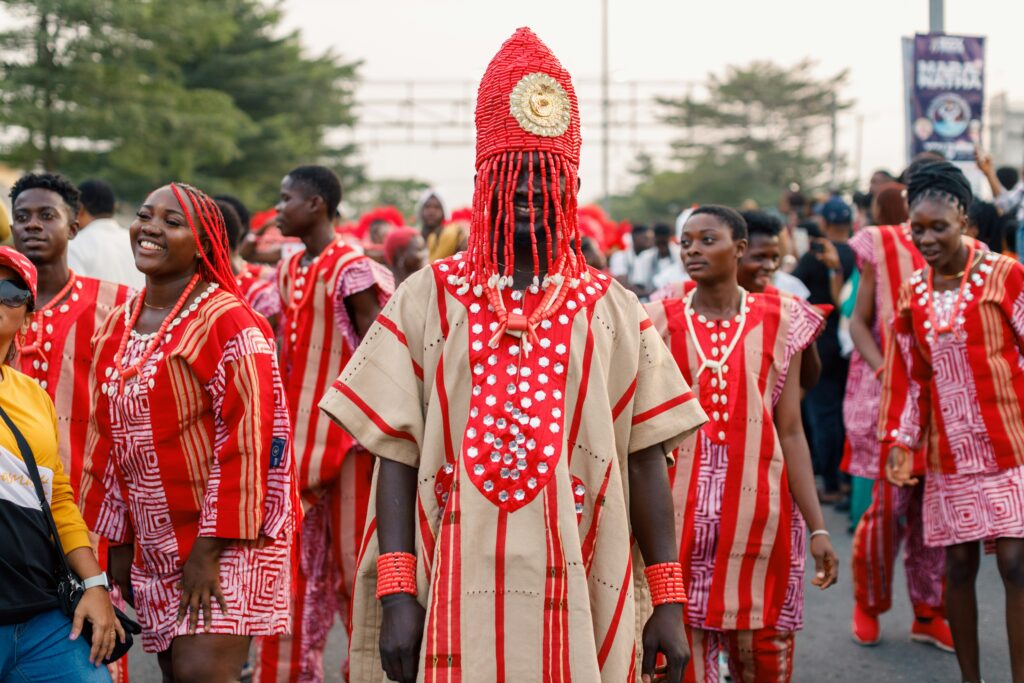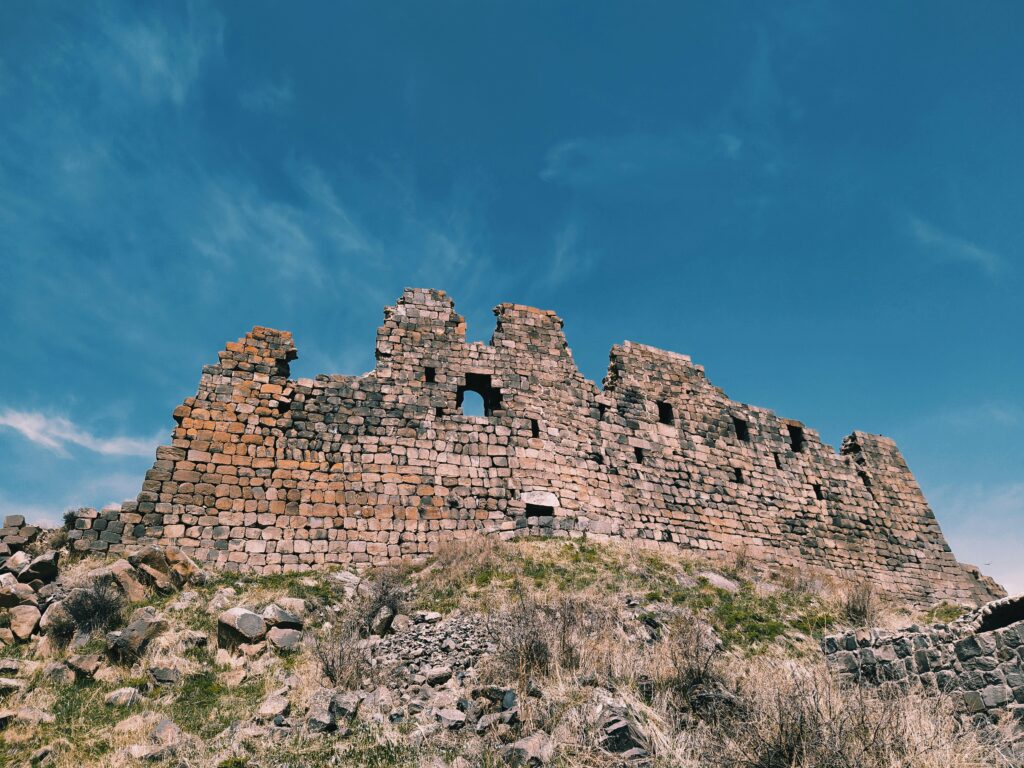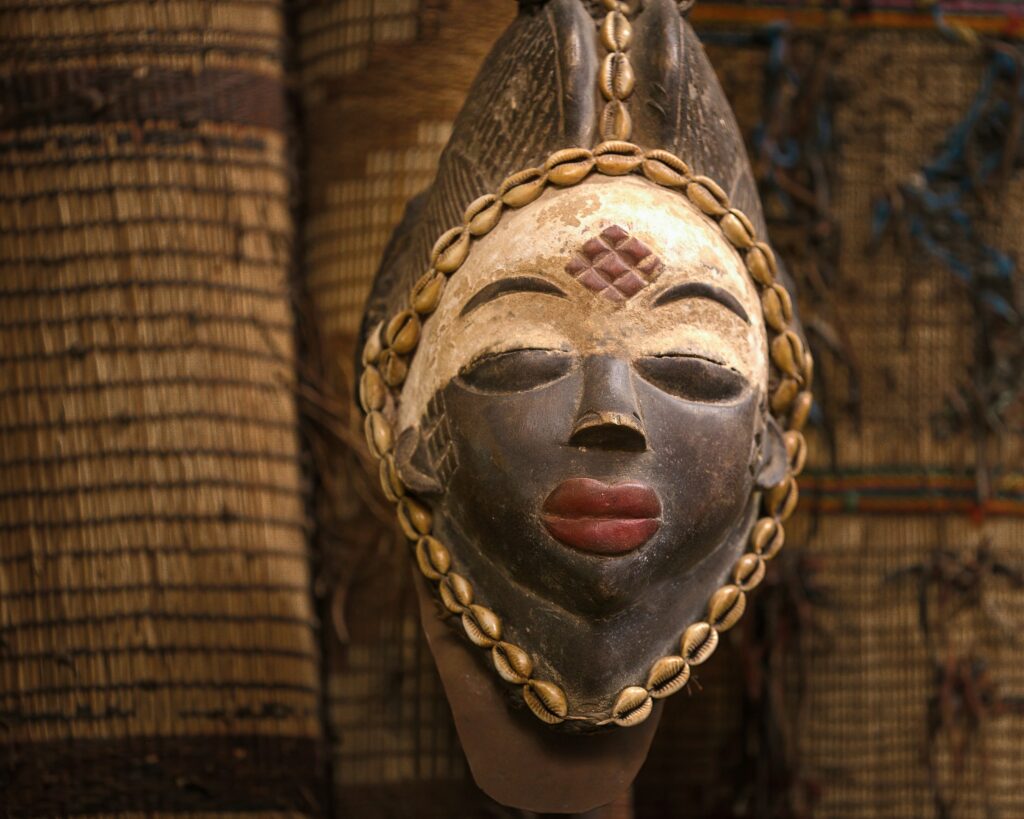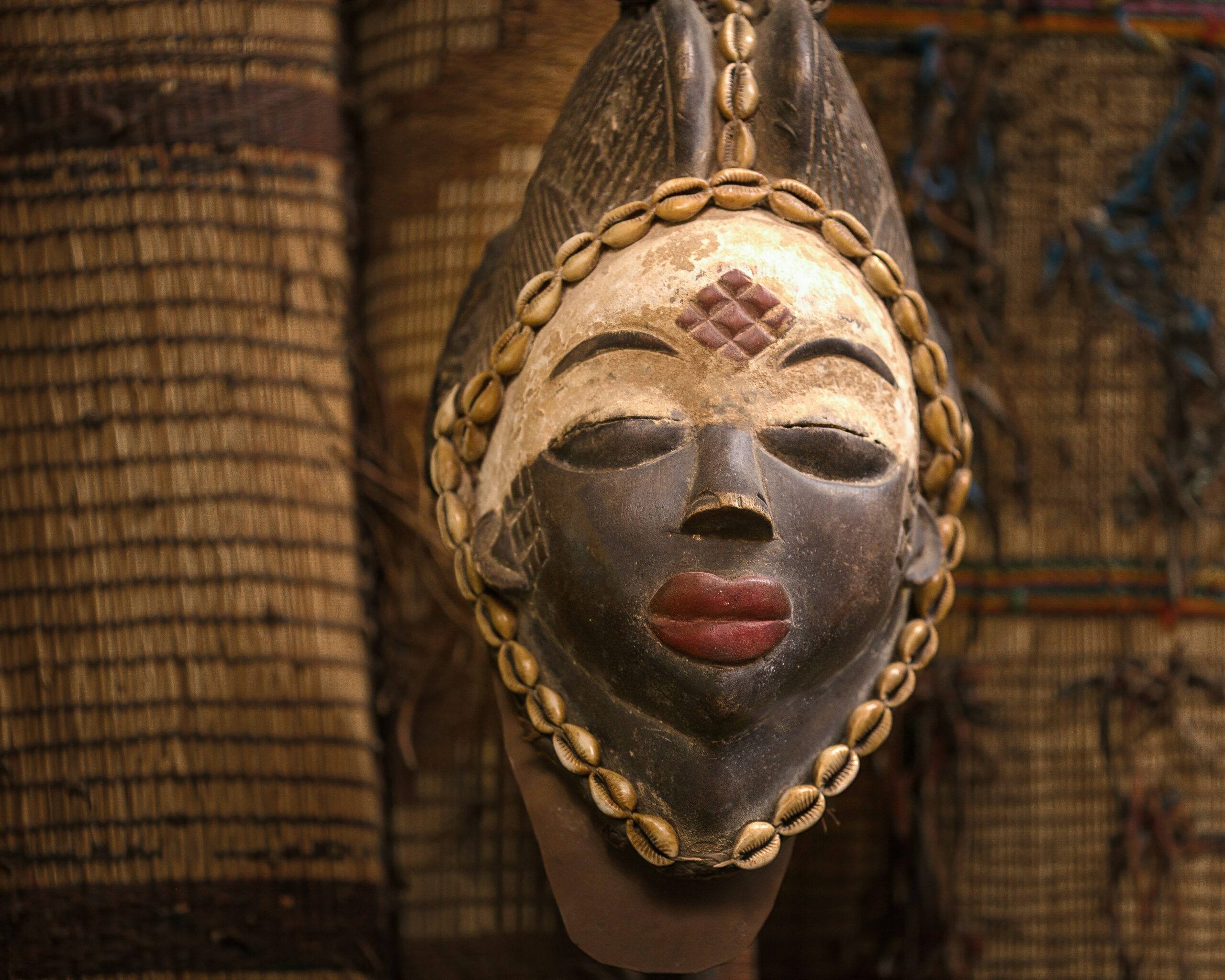“Before London had streetlights, Benin City glowed at night.”
That was the report of a Portuguese explorer in the 15th century.
Hidden in the rainforests of what is now southern Nigeria stood a mighty kingdom — Benin. A city of strict order, legendary warriors, sacred rituals, and bronze so beautiful it stunned the world.
This isn’t a myth. This is African greatness they tried to erase — but couldn’t.

Walls That Stretched for Miles
The ancient Benin City was protected by one of the longest and most complex earthworks in human history — a system of moats and walls over 16,000 kilometers in total length.
Yes, you read that right.
That’s longer than the Great Wall of China. It took centuries to complete. Each section was built by hand — mud dug and packed to form thick defensive ridges around towns and villages.
These weren’t just walls. They were boundaries of identity, unity, and security.
The Oba’s Court: Order and Power
At the heart of the kingdom stood the Oba — the divine king, believed to be a descendant of the sky god. His court was a hub of political brilliance and spiritual guidance.
The Oba ruled with his chiefs, held court in magnificent palaces, and oversaw an empire structured with strict order and sacred tradition.
Benin wasn’t chaotic. It was calculated.
Even foreign envoys from Europe were stunned by the city’s organization — straight roads, massive gates, and cleanliness that rivaled anything in Europe at the time.

The Bronzes That Told Stories
Then came the bronzes.
Created using the lost-wax casting method, Benin’s bronze plaques, busts, and sculptures recorded royal events, deities, battles, and coronations — in breathtaking detail.
These weren’t mere art pieces. They were history books made of metal.
Benin bronze heads and plaques were mounted on palace walls, passed down through generations. Today, many of them sit in museums across Europe — stolen during a tragic chapter of Benin’s history.
1897: The Day the Empire Bled
In 1897, after centuries of diplomacy and trade, British imperial forces launched a violent invasion of Benin City. They used a previous diplomatic skirmish as an excuse for total destruction.
What followed was a cultural disaster:
- The city was burned.
- The Oba was exiled.
- Thousands of bronzes and artifacts were looted.
It wasn’t just a military invasion — it was an attempt to wipe away a legacy.
But legacy doesn’t burn.
Benin Today: Still Standing
The Oba of Benin still reigns — not as a political ruler, but as a cultural and spiritual custodian of the Edo people.
And the bronzes? The call for their return grows stronger every year. Some pieces have recently been repatriated from Germany and the UK, with more expected to follow.
Benin’s story is not just Nigeria’s — it’s Africa’s.

Why Benin Kingdom Still Matters
- It proves that Africa had complex civilizations, not just tribes.
- It showcases art and architecture that rival any culture in the world.
- It tells a story of resilience, even in the face of colonial violence.
Before there was Nigeria, there was Benin — proud, powerful, and unforgettable.


Leave a Reply